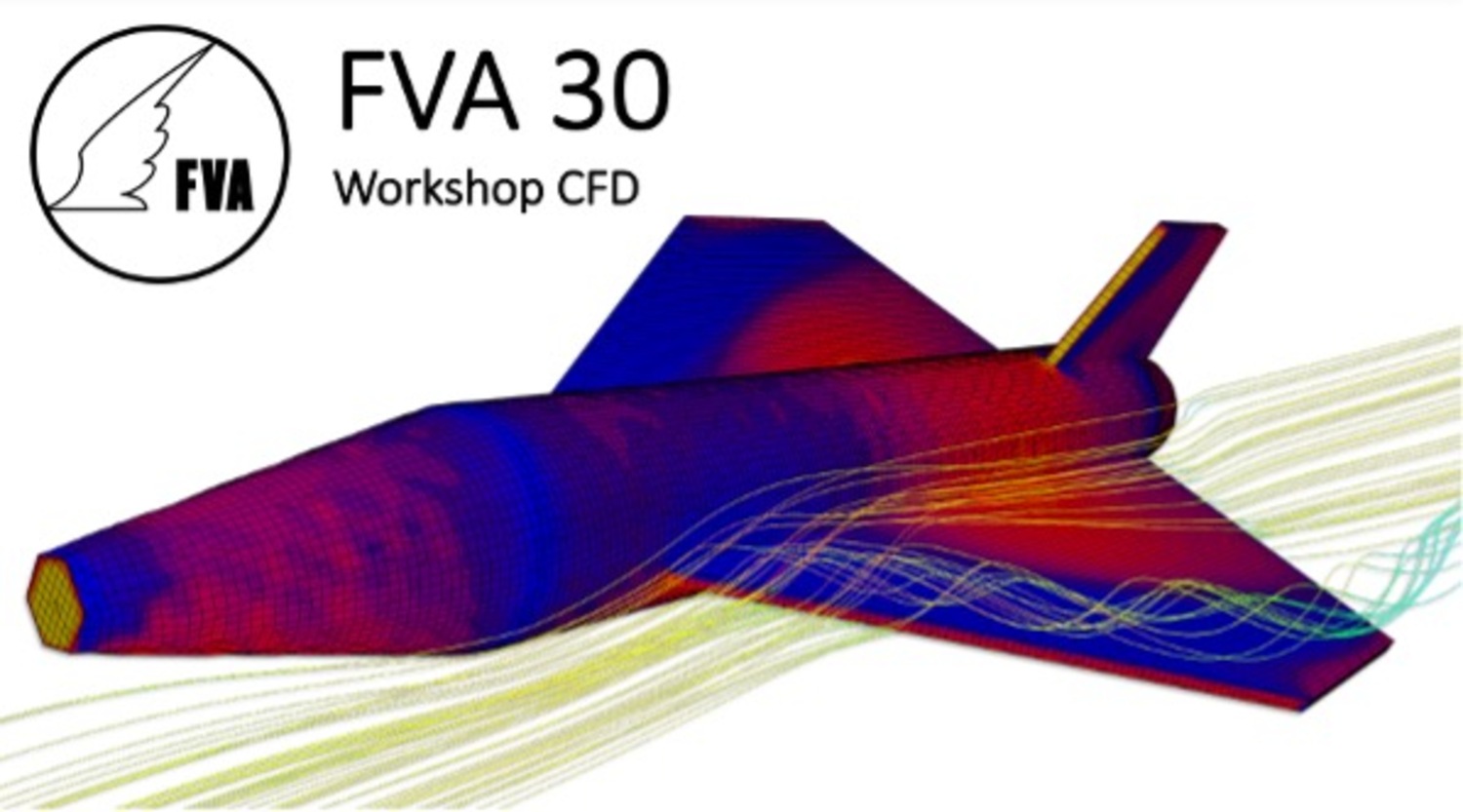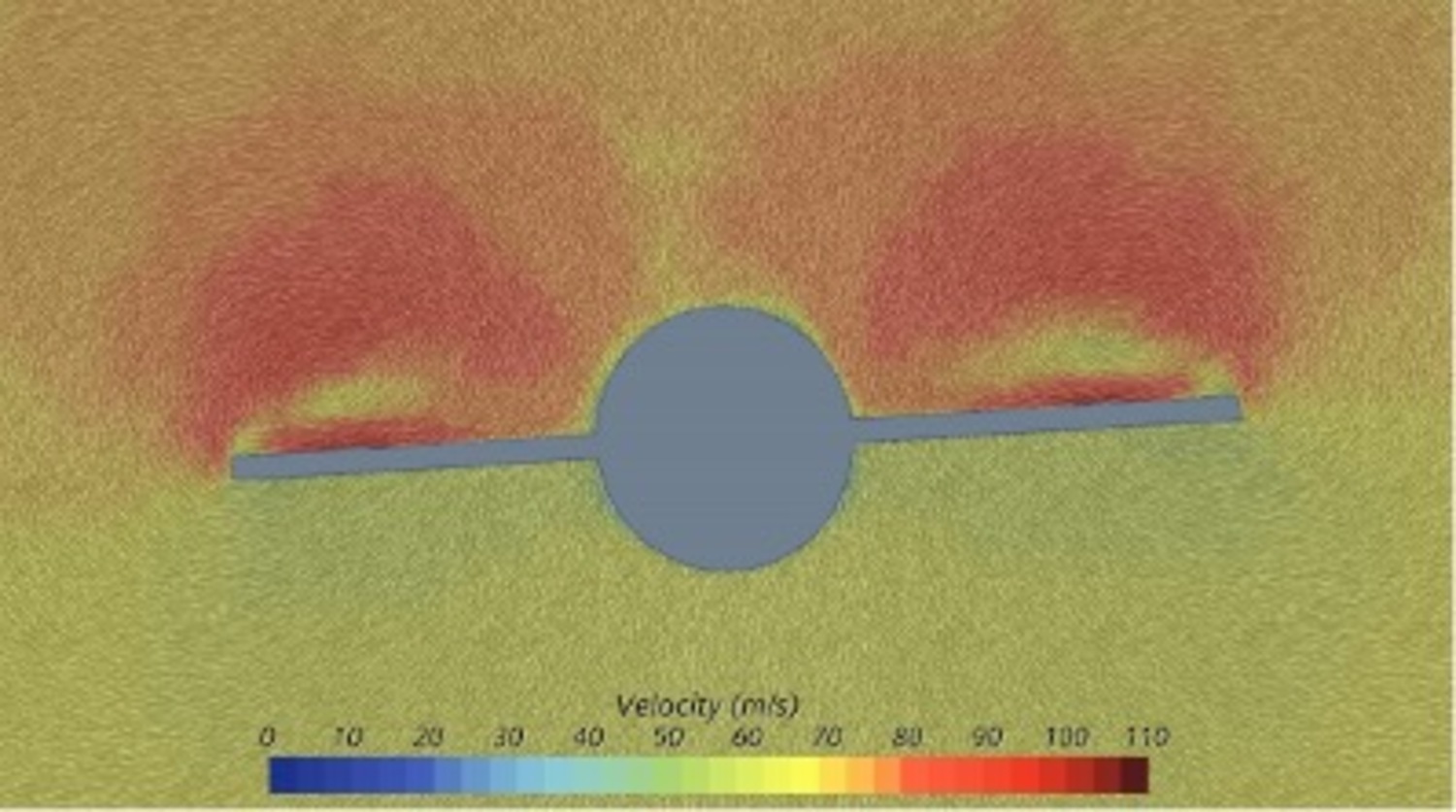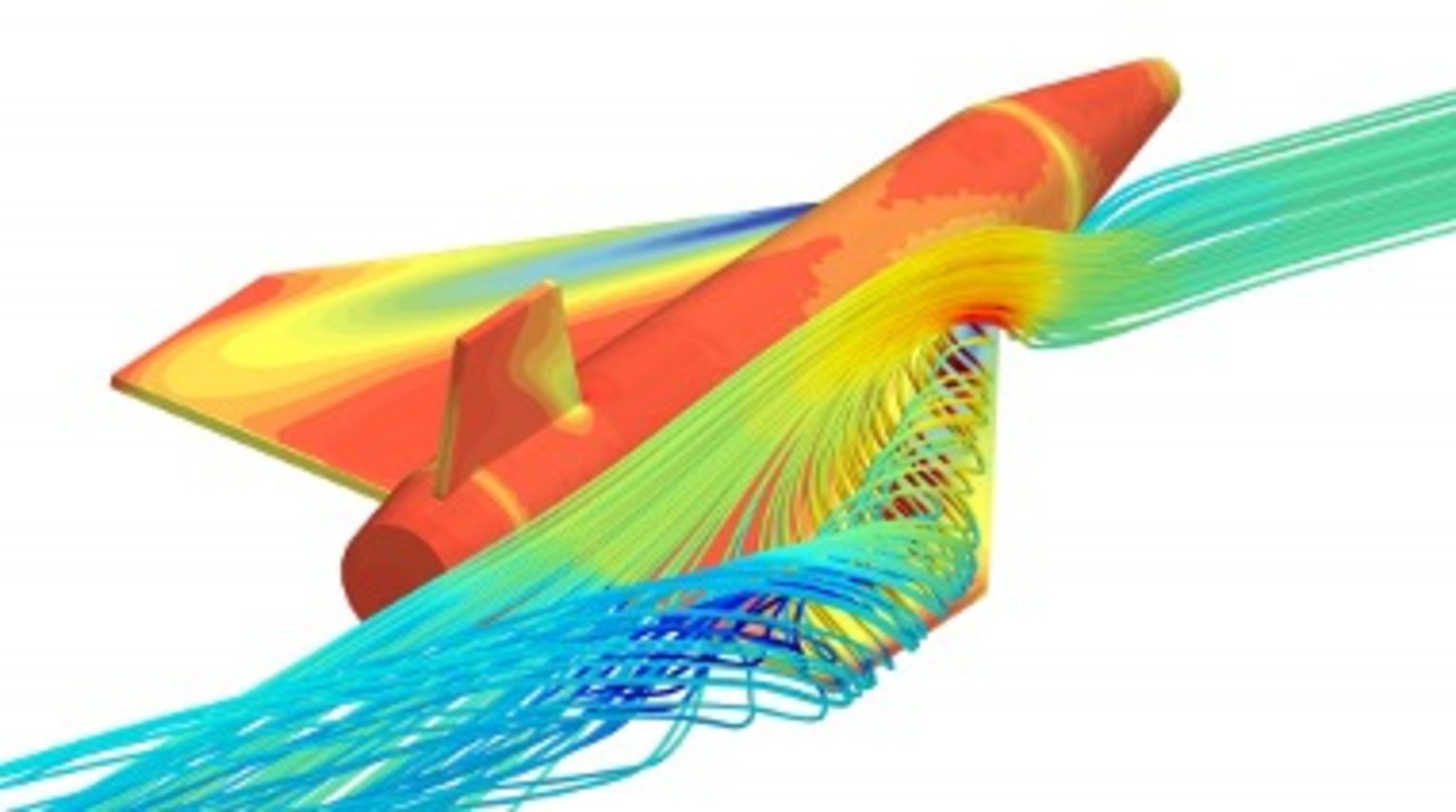Published: 9.09.2021 by Harsh Pandey
CFD can be a critical tool in the design processes as a proper analysis can improve the efficiency of the entire construction. However, a poor operating knowledge of CFD can be dangerous as nice-looking figures are very good at hiding the physics behind the problem. Therefore, on the 19th of July, 2021, the FVA30 team went through a CFD Workshop organised by our own Leonard Schraven.

The aim was to simulate a model aircraft in StarCCM+ and look at basic flight performance variables in a steady-state flight.
The Run
Broadly, the steps of a CFD simulation can be listed down into five categories:
- setting up the model and discretisation so that the finite volume method can be used
- setting up the boundary conditions
- setting up the initial conditions
- setting the solver
- postprocessing of the results generated
Setting up the model involves the selection of the time dependence, materials involved in the simulation (gas, liquids, or solids), the type of flow, the regime of the flow, and the equations of the state. Thereafter, comes the most important part of any CFD simulation - creating the correct mesh.

The discretised mesh of the geometry needs to be as coarse or refined as necessary in order to capture the details of the geometry properly. The setup of the boundary conditions and initial conditions is fairly straightforward - specifying the wind speed, direction, and the type of solver used. After almost an hour of instruction and consultations with Leonard about the setup, the “solve” button was ready to be pressed and everyone ended up with great graphs that were physically accurate (within the limits of their assumptions).

Applications of CFD in the Future for FVA30
Some immediate applications are fine-tuning the design of the NACA inlets for airflow, the transition between the V-tail and the fuselage at the rear end, and the wingpod. A bigger challenge would be studying the propeller-tail interactions. These interactions can affect the longitudinal and lateral stability in aircrafts - in both twin- and single-engine operations. These interactions can be significant in propeller sizes designed for the FVA30. Although, currently the effects of these interactions have already been numerically calculated using the Vortex Lattice Method, the results are conservative and incomplete as they don’t account for the dynamic pressure plane behind the propeller plane. For a more exhaustive estimation, the simulation of dynamic load cases using CFD would be valuable.
